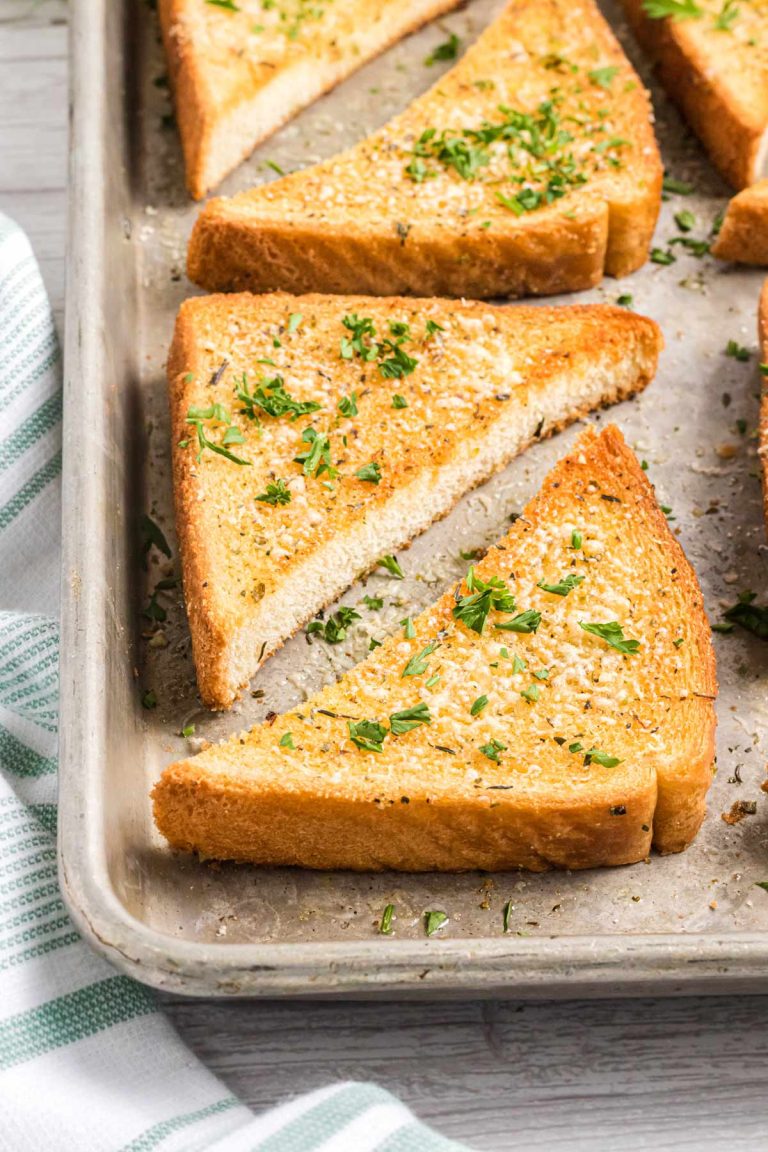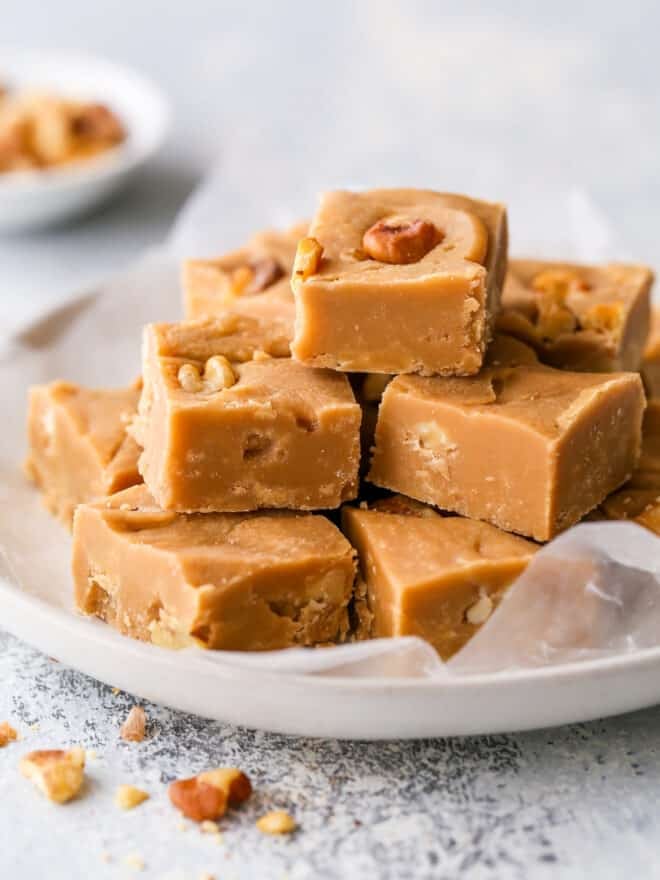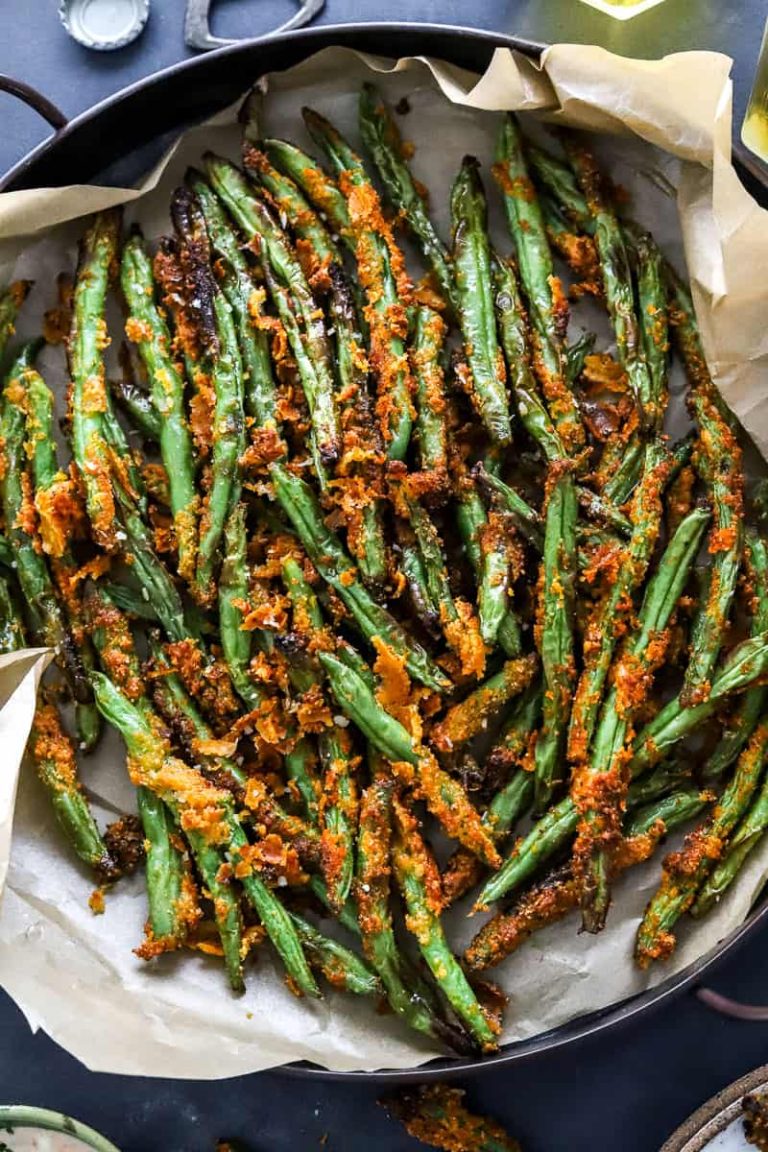Brown Spanish Rice: Origins, Health Benefits, and Delicious Recipes for Every Diet
Brown Spanish rice has deep roots in Spanish and Latin American cuisine. Introduced by Spanish colonizers in the Americas, it was initially made with white rice. Brown rice, a whole grain version, gained popularity as people sought healthier alternatives. The dish’s rich history symbolizes cultural fusion, blending indigenous ingredients like tomatoes, peppers, and onions with Spanish culinary techniques. Celebrated during festivals and family gatherings, brown Spanish rice holds a special place in Hispanic culture. Its significance extends to culinary traditions, where it serves as a staple at many meals.
Nutritional Comparison with White Spanish Rice
Brown Spanish rice offers superior nutritional benefits compared to its white counterpart. It contains more fiber, magnesium, and antioxidants. A typical serving of brown rice provides 3.5 grams of fiber, while white rice only offers 0.6 grams. This higher fiber content aids digestion and enhances satiety. Additionally, brown rice retains essential nutrients like phosphorus and potassium, often lost in white rice processing. For those aiming to improve their diet, choosing brown Spanish rice can boost nutrient intake without sacrificing flavor.
Key Ingredients in Brown Spanish Rice
Rice Varieties and Their Impact on Flavor
Brown rice serves as the foundation of brown Spanish rice, offering a nutty flavor and chewy texture. Unlike white rice, brown rice retains its bran and germ layers, resulting in higher fiber and nutrient content. Long-grain brown rice, such as basmati or jasmine, is often preferred for its ability to remain fluffy and separate after cooking. The choice of rice plays a critical role in the dish’s overall flavor and texture, contributing to its hearty and wholesome character.
- Tomatoes: Fresh or canned tomatoes add a tangy, natural sweetness and a vibrant color to the rice.
- Onions: Finely chopped onions provide a subtle sweetness and depth of flavor.
- Garlic: Minced garlic enhances the aroma and infuses the dish with a rich, savory taste.
- Broth: Chicken or vegetable broth is used instead of water to impart a deeper, more robust flavor.
- Bell Peppers: Red or green bell peppers introduce a slight crunch and an extra layer of flavor.
- Spices: Cumin, paprika, and oregano are traditional spices that contribute complexity and warmth to the dish.
- Olive Oil: Used for sautéing, olive oil adds a hint of fruitiness and helps in cooking the vegetables evenly.
These ingredients synergize to create the distinct taste of brown Spanish rice, ensuring cultural authenticity and keeping the dish true to its roots.
Cooking Techniques for Perfect Brown Spanish Rice
Traditional Methods Versus Modern Approaches
Traditional methods for cooking brown Spanish rice often involve using a cast-iron skillet or heavy-bottomed pan. Heat the olive oil before adding diced onions and garlic, sauté until fragrant. Add the brown rice and toast it lightly until it turns golden brown. Incorporate tomatoes, bell peppers, and broth gradually, letting the flavors meld slowly. Cover and simmer on low heat until the rice absorbs the liquid.
Modern approaches leverage rice cookers and instant pots for convenience. Using a rice cooker, combine all ingredients, set the appropriate mode for brown rice, and let the device handle cooking. Instant pots speed up the process; sauté onions and garlic using the sauté function, then add rice, tomatoes, and broth, cooking on high pressure for a reduced time compared to traditional stovetop methods.
Common Mistakes to Avoid
Avoiding common mistakes ensures your brown Spanish rice turns out perfectly. Over-stirring rice while it cooks can make it mushy. Letting it cook undisturbed preserves the texture. Using too much liquid results in soggy rice; stick to precise measurements, typically a 2:1 liquid-to-rice ratio.
Skipping the toasting step can lead to bland rice. Toasting enhances flavor. Failing to rinse rice before cooking can cause excess stickiness. Rinsing removes surface starch. Using a pot with a thin bottom can result in uneven cooking and burned rice. Opt for a heavy-bottomed pan or skillet.
By implementing these cooking techniques and avoiding common errors, you can create flavorful, nutty, and well-textured brown Spanish rice to complement various dishes seamlessly.
Versatile Recipes That Include Brown Spanish Rice
Vegetarian and Vegan Options
Explore a variety of vegetarian and vegan recipes with brown Spanish rice. This rice pairs well with roasted vegetables, beans, and spices for rich, satisfying dishes.
- Stuffed Bell Peppers: Fill bell peppers with brown Spanish rice, black beans, corn, and spices. Bake until tender for a flavorful, hearty meal.
- Veggie Burrito Bowls: Combine brown Spanish rice, sautéed vegetables, avocado, and salsa in a bowl. Add lime juice for a refreshing touch.
- Rice and Bean Enchiladas: Use brown Spanish rice, refried beans, and enchilada sauce to prepare filling, nutritious enchiladas. Top with vegan cheese or avocado slices.
- Spanish Rice Salad: Mix cooked brown Spanish rice with chickpeas, bell peppers, tomatoes, and olives. Drizzle with olive oil and lemon juice for a light, healthy salad.
Following these recipes allows you to enjoy brown Spanish rice while adhering to vegetarian or vegan diets.
Incorporating Meat and Seafood
Brown Spanish rice serves as an excellent base for dishes featuring meat and seafood.
- Chicken and Rice Skillet: Cook chicken thighs with spices, tomatoes, and brown Spanish rice in a skillet. The chicken imbues the rice with savory flavors.
- Shrimp Paella: Prepare a traditional paella with brown Spanish rice, saffron, shrimp, and mixed vegetables. This enhances the texture and nutritional value.
- Beef and Rice Stuffed Bell Peppers: Combine ground beef, brown Spanish rice, diced tomatoes, and spices, then stuff into bell peppers. Bake for a delicious, protein-rich meal.
- Fish Tacos with Spanish Rice: Serve grilled fish on tortillas with a portion of brown Spanish rice, pico de gallo, and avocado slices. This offers a balanced, nutritious meal with dynamic flavors.
Incorporating these recipes brings out the full potential of brown Spanish rice in your culinary endeavors with meat and seafood.
Conclusion
Brown Spanish rice offers a delightful blend of rich history and health benefits, making it a staple in Hispanic cuisine. Its versatility allows you to create a variety of dishes that cater to different dietary preferences, from vegetarian to seafood-rich meals. By mastering the essential ingredients and cooking techniques, you can elevate your culinary skills and enjoy the flavorful experiences this dish brings. Whether you’re preparing a hearty chicken and rice skillet or a vibrant veggie burrito bowl, brown Spanish rice is sure to enhance your meals with its unique taste and nutritional value.






